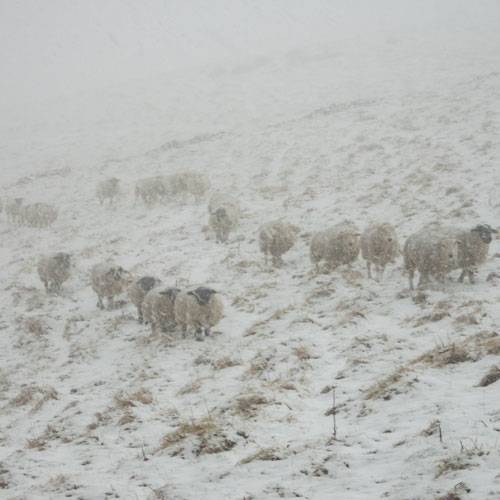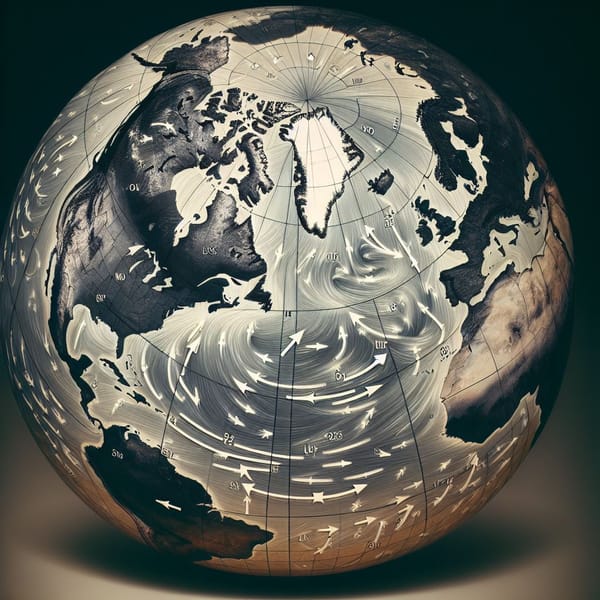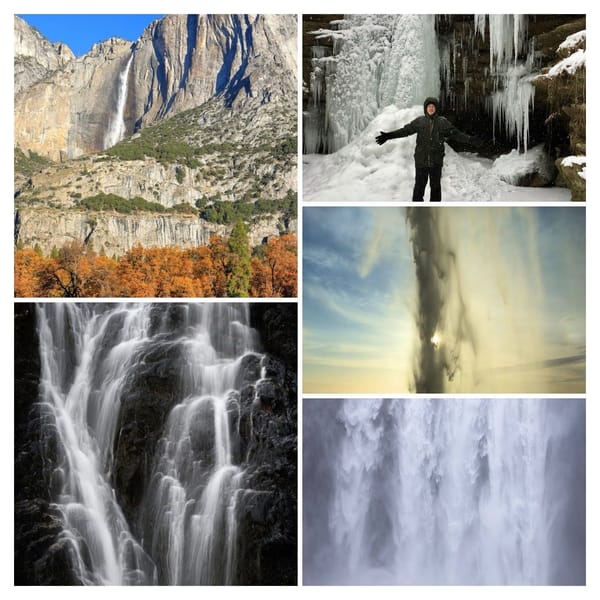Sudden Stratospheric Warming
Sudden Stratospheric Warmings can herald significant changes in the weather at the earth’s surface.

Every couple of years or so, high in the atmosphere, huge breaking waves of air reverse the prevailing westerly winds and cause a sudden and dramatic warming of the stratosphere in winter.
Sudden Stratospheric Warmings can herald significant changes in the weather at the earth’s surface. After such an event Europe and the eastern USA are frequently exposed to extreme winter weather for several weeks. This was the case from December 2009 to February 2010 with disruption to transport networks and a huge increase in demand for energy. This relatively rare and obscure phenomenon has now become an important clue for developing long-range weather forecasts.
Weather balloons were being regularly launched worldwide by the middle of the 20th Century. Some balloons rose as high as 30 kilometres before bursting, and it was these balloons that gave the first measurements of what was going on high in the stratosphere. These observations yielded entirely unexpected results as can so often happen in science.
Over the course of a few days high over the Arctic in January 1952 the temperature suddenly increased by around 50 degrees. German meteorologist Richard Scherhag and his research team were the first to discover this explosive warming of the stratosphere. This effect is now appropriately named Sudden Stratospheric Warming and occurs every couple of years in winter over the arctic.
Even rarer occurrences have been observed over Antarctica; A single surprise event over Antarctica in 2002 temporarily filled the ozone hole! Based on the World Meteorological Organization’s criteria major stratospheric warmings events in the northern hemisphere occur roughly 6 times per decade, whereas over there has been only a couple of extreme warmings ever recorded. The most recent over Antarctica was in 2019 which had an ongoing effect in the atmosphere over the northern hemisphere
These events are caused by gigantic (planetary-scale) waves breaking in the stratosphere, like waves on a beach, causing the flow of air from west to east around the arctic to reverse, causing the air to fall into the North Pole where it is compressed. It is this compression due to the increase in pressure towards the surface that causes the heating, in the same way that Foehn winds cause warming on the lee side of mountains.





